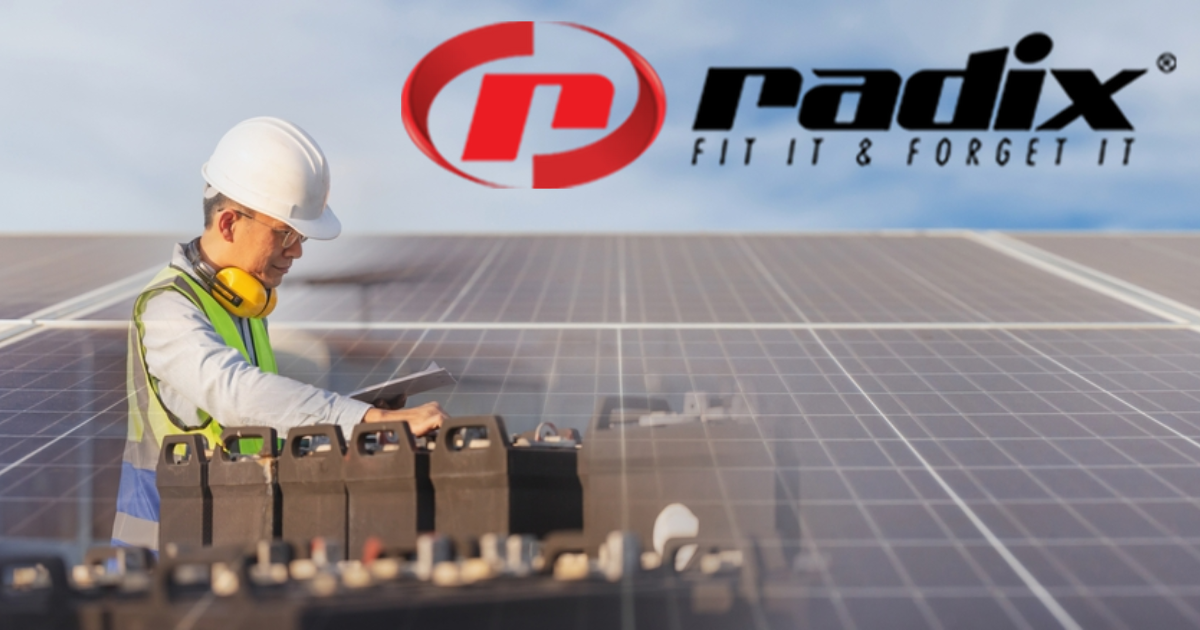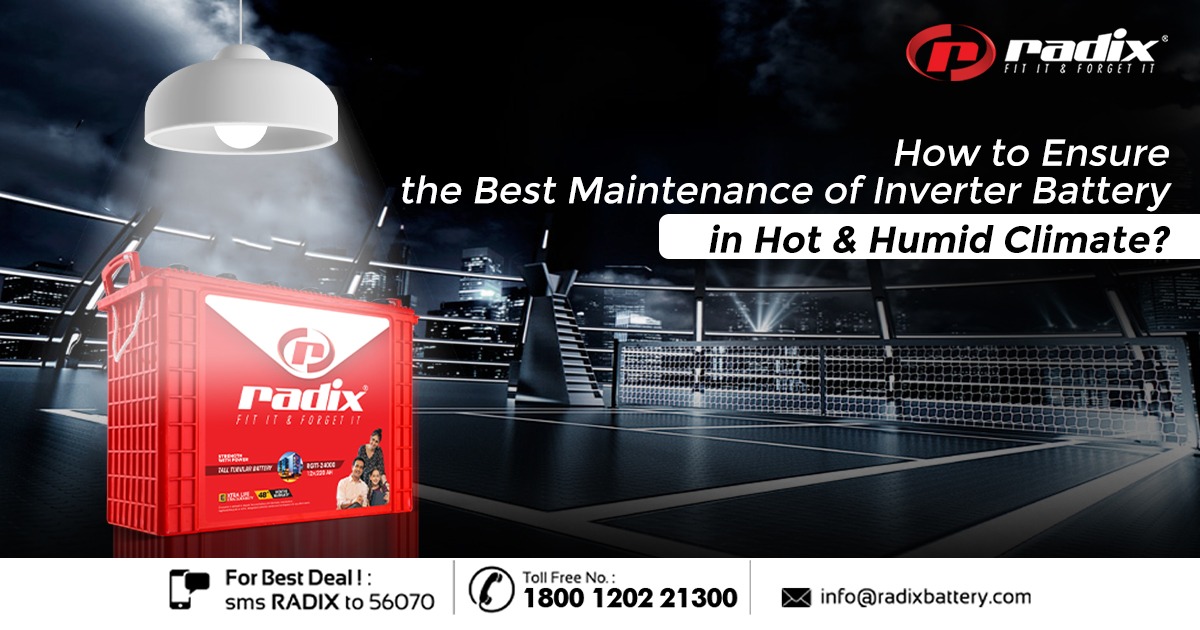As the world becomes more focused on renewable energy and reducing carbon footprints, solar power has emerged as one of the most popular and effective ways to harness clean energy. For homeowners, investing in solar power is not just a trend; it’s a forward-thinking decision that offers numerous benefits. One critical component of any solar power system is the Solar Battery, which stores the energy produced during the day for use at night or during power outages. Radix Batteries, a leading manufacturer of solar batteries, is dedicated to ensuring homes are equipped with reliable and efficient energy storage solutions.
Here are the top five benefits of using solar power for your home:
1. Reduce Electricity Bills
One of the most significant advantages of switching to solar power is the reduction in your electricity bills. By generating your own electricity through solar panels, you decrease your reliance on the grid, which leads to substantial savings. With a Solar Battery, the excess energy generated during the day can be stored and used during nighttime or cloudy days, further reducing the need to draw energy from the grid. Over time, these savings can add up, making solar power a financially sound investment for any homeowner.
2. Energy Independence
Installing solar panels, combined with a reliable Solar Battery system, gives homeowners greater energy independence. By producing your own power, you’re no longer at the mercy of rising energy costs or potential power outages. In areas where power cuts are common, a solar system equipped with a high-quality Solar Battery ensures that your home stays powered even when the grid goes down. This level of energy autonomy offers peace of mind and security, especially during extreme weather conditions or natural disasters.
3. Environmental Impact
Using solar power is an excellent way to reduce your home’s carbon footprint. Solar energy is a clean, renewable source of power that doesn’t produce harmful emissions. By switching to solar, you’re helping to reduce air pollution and the greenhouse gases that contribute to global warming. Additionally, the use of a Solar Battery maximizes the efficiency of your solar power system, ensuring that no energy goes to waste. This makes solar power one of the most eco-friendly choices for powering your home.
4. Increase in Property Value
Homes equipped with solar power systems, particularly those with a Solar Battery for energy storage, are more attractive to potential buyers. Solar power systems are seen as a modern and efficient way to manage energy, and homes with solar installations tend to have higher property values. The long-term cost savings and sustainability offered by solar power make it an appealing feature for anyone looking to buy a home. Thus, investing in solar power not only benefits your daily energy usage but also increases the overall value of your property.
5. Government Incentives
Many governments worldwide, including India, offer incentives and subsidies for homeowners who choose to invest in solar power. These incentives can significantly reduce the upfront costs of installing solar panels and Solar Batteries. Additionally, some regions offer tax rebates or credits for using renewable energy. By taking advantage of these government programs, you can save on installation costs and make your transition to solar power more affordable.
Switching to solar power is a smart move for any homeowner looking to save on energy costs, gain energy independence, and reduce their environmental impact. With the support of reliable Solar Batteries from Radix Batteries, you can ensure that your home is always powered efficiently, even during outages. The benefits of solar power are clear: reduced bills, a smaller carbon footprint, increased property value, and access to government incentives make solar power a wise investment for your home.
If you’re considering making the switch, look no further than Radix Batteries—your trusted Solar Battery manufacturer for reliable and efficient energy storage solutions.









